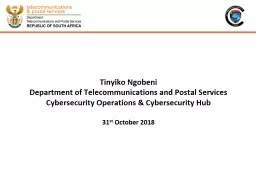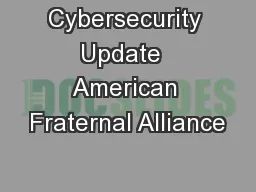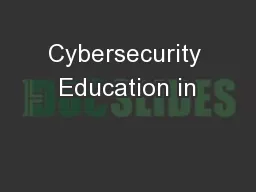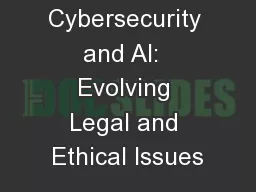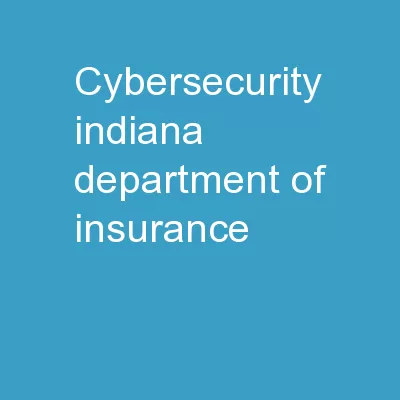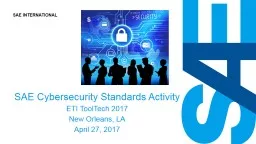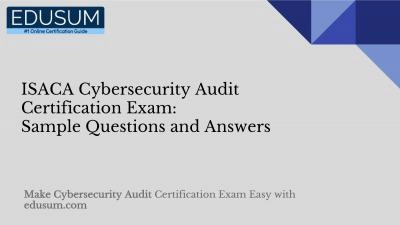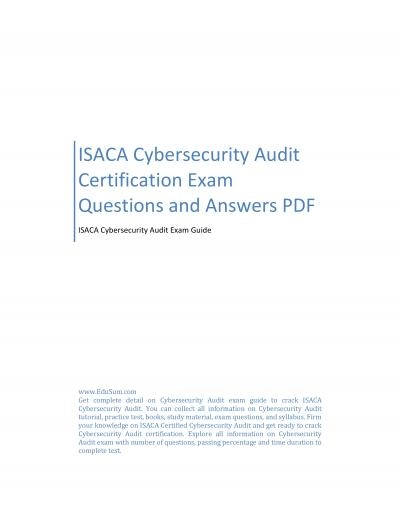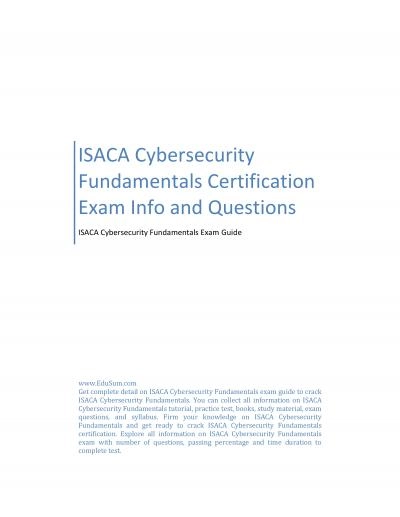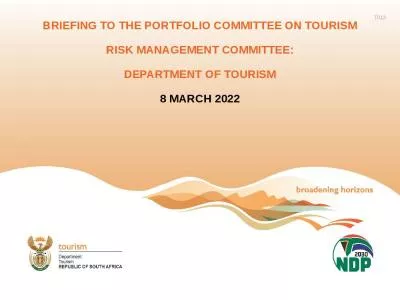PPT-Cybersecurity Briefing to the Portfolio Committee
Author : dsuser1 | Published Date : 2020-11-06
13 th November 2018 DEPARTMENT OF TELECOMMUNICATIONS AND POSTAL SERVICES Mr Tinyiko Ngobeni Deputy Director General Infrastructure Dr Kiru Pillay Chief Director
Presentation Embed Code
Download Presentation
Download Presentation The PPT/PDF document "Cybersecurity Briefing to the Portfolio ..." is the property of its rightful owner. Permission is granted to download and print the materials on this website for personal, non-commercial use only, and to display it on your personal computer provided you do not modify the materials and that you retain all copyright notices contained in the materials. By downloading content from our website, you accept the terms of this agreement.
Cybersecurity Briefing to the Portfolio Committee: Transcript
Download Rules Of Document
"Cybersecurity Briefing to the Portfolio Committee"The content belongs to its owner. You may download and print it for personal use, without modification, and keep all copyright notices. By downloading, you agree to these terms.
Related Documents

